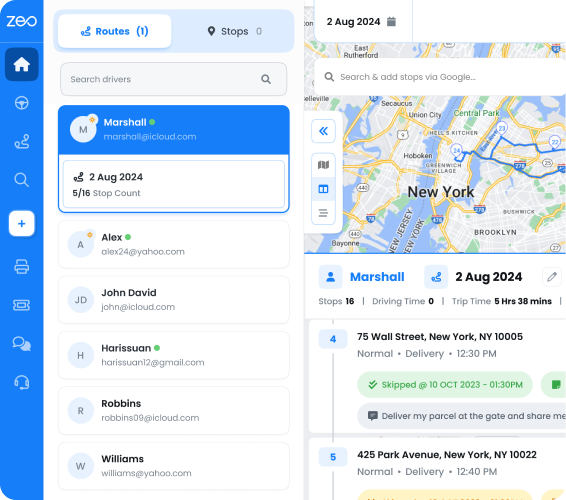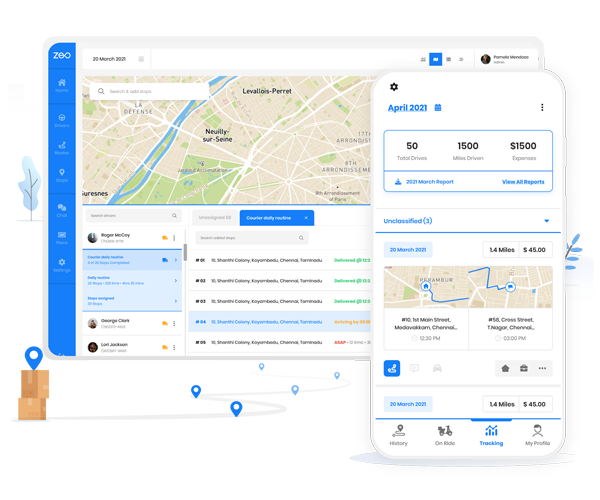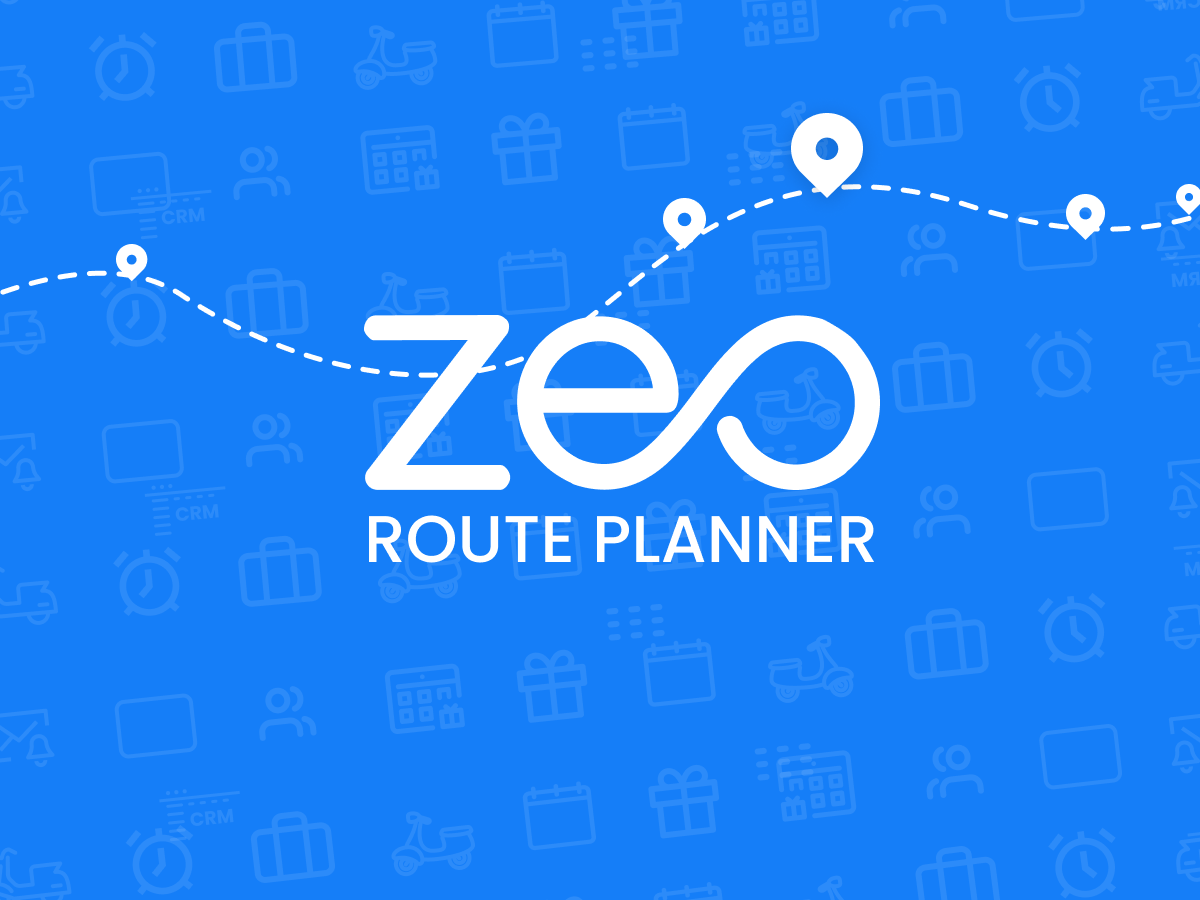Sales territory planning is a crucial aspect of a successful sales strategy. It involves dividing a market into distinct territories and assigning sales representatives to those territories. This systematic approach ensures efficient resource allocation, optimized customer coverage, and maximized sales potential.
In this blog, we will explore the importance of sales territory planning and provide practical steps to build a robust sales territory plan.
What is Sales Territory Planning? Why Do You Need One?
Sales territory planning refers to dividing a market into geographic areas or customer segments and assigning sales personnel to each territory. It helps organizations manage their sales resources effectively, identify potential opportunities, and allocate them to the right salespeople. A well-designed sales territory plan ensures sales representatives can focus on their assigned areas, build strong customer relationships, and efficiently achieve sales targets.
A sales territory plan is essential for several reasons. Firstly, it enables organizations to optimize their sales coverage by assigning representatives to specific territories based on factors such as geographic location, customer density, and market potential. This ensures all customers receive adequate attention and reduces the risk of overlapping efforts or neglecting potential opportunities.
Additionally, a sales territory plan facilitates resource allocation. By clearly defining territories, organizations can allocate resources such as time, budget, and manpower effectively.
How to Build a Robust Sales Territory Plan?
Building a robust sales territory plan requires careful consideration of various factors and a strategic approach. Here are 6 essential steps to create an effective sales territory plan:
- Consider Various Factors to Define Your Market: Analyze your market and identify key factors that influence your territory planning. These factors may include geographic location, customer demographics, market size, competition, and industry trends. By understanding these elements, you can define your market boundaries and determine the number and size of territories required.
- Analyze Account Quality: Evaluate the quality of customer accounts within each potential territory. Consider factors such as revenue potential, customer loyalty, growth potential, and strategic importance. This analysis will help you identify high-value accounts and allocate your top-performing sales representatives accordingly.
- Assess Territory Quality: Evaluate the attractiveness and potential of each territory. Factors to consider may include market size, growth rate, industry concentration, and competitive landscape. This assessment will help you allocate resources more effectively, focusing on territories with higher growth potential.
- Set Targets for Growth: Establish realistic sales targets for each territory based on market potential, historical data, and organizational objectives. Ensure that the targets are challenging yet achievable, motivating your sales team to strive for success.
- Develop a Strategy: Craft a strategic plan for each territory, outlining specific objectives, key activities, and sales tactics. This strategy should align with your overall sales and business objectives while considering each territory’s unique characteristics and needs.
- Track & Review Results: Regularly track and review the performance of your sales territories. This analysis will help you identify areas of improvement, refine your sales strategies, and make necessary adjustments to maximize sales effectiveness.
Read more: Warehouse Slotting: Improve Efficiency and Save Money.
The Importance of Sales Territory Management
Effective sales territory management offers numerous benefits to organizations:

increase fuel savings
Save $200 on fuel, Monthly!
Optimize routes with our algorithm, reducing travel time and costs efficiently.
Get Started for Free
- Improved Customer Coverage: By assigning dedicated sales representatives to specific territories, organizations can provide personalized attention to customers.
- Efficient Resource Allocation: Sales territory planning optimizes allocating resources such as time, budget, and manpower. It ensures sales representatives focus on their assigned territories, reducing travel time and improving efficiency.
- Targeted Sales Efforts: With well-defined territories, sales representatives can develop deep market knowledge and tailor their sales efforts to meet customers’ specific needs and preferences within their territories.
- Effective Performance Management: Sales territory planning enables organizations to set clear performance targets for each territory. This allows for better performance tracking, accountability, and incentive management.
- Opportunity Identification: A comprehensive sales territory plan helps identify untapped market opportunities, potential areas for expansion, and areas of high growth potential. By understanding the unique characteristics of each territory, organizations can capitalize on these opportunities and drive revenue growth.
Read more: Reverse Logistics: Types, Stages, Benefits, Top Companies.
Leverage Robust Planning to Witness Consistent Growth
Sales territory planning is a vital component of a successful sales strategy. It enables organizations to optimize sales coverage, allocate resources effectively, and maximize sales potential.
Effective sales territory management leads to improved customer coverage, efficient resource allocation, targeted sales efforts, effective performance management, and better opportunity identification.
Investing time and effort into sales territory planning is a strategic move that can yield significant results and contribute to the overall success of your sales organization.
Lastly, the role of route optimization and fleet management are significant in every business today. If you are looking for advanced tools to take care of last-mile deliveries, provide efficient route optimizations, and aid in fleet and driver management — consider checking out our offerings, Zeo Mobile Route Planner & Zeo Route Planner for Fleets.
To learn more, book a free demo today!

Are you a fleet owner?
Want to manage your drivers and deliveries easily?
Grow your business effortlessly with Zeo Routes Planner – optimize routes and manage multiple drivers with ease.

increase fuel savings
Save 2 Hours on Deliveries, Everyday!
Optimize routes with our algorithm, reducing travel time and costs efficiently.
Get Started for Free























